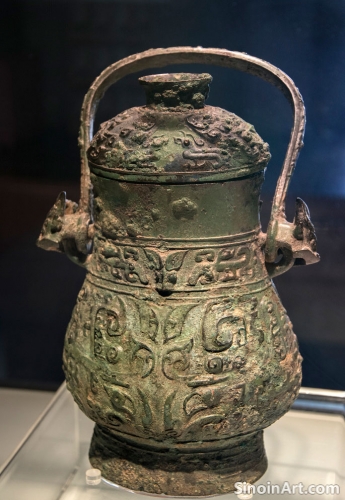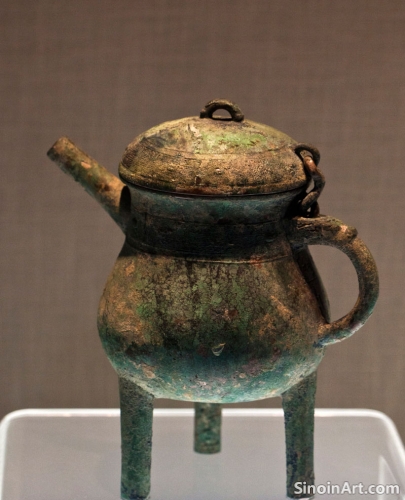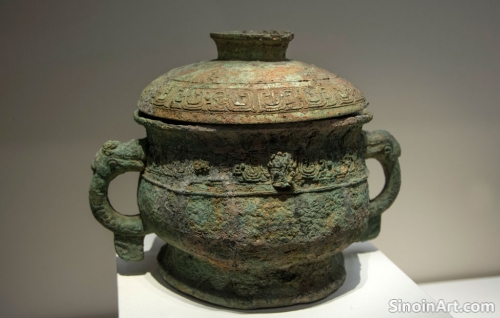Bronze Ware and the Development of Ancient Chinese Calendar Systems: Marking Time and Ritual Cycles
|
Beyond its use in ritual and everyday life, bronze also played a role in the development of ancient Chinese calendar systems, used in the creation of astronomical instruments, timekeeping devices, and other tools that were essential for maintaining agricultural, social, and religious calendars. The connection between bronze and the management of time is an important aspect of ancient Chinese history and culture. The role of bronze in marking and measuring time highlights its importance in ancient society.  Bronze sundials and other timekeeping devices were used to track the passage of days, seasons, and years, helping to create standardized calendars and to coordinate agricultural practices. The use of these objects helped to create a more reliable framework for ancient Chinese life. The accuracy of these objects was essential to ensuring that both ritual and agricultural activities were carried out at the proper times.  Bronze objects were also used to mark important dates and events on the calendar, often with inscriptions or symbols that commemorated key moments in religious and historical cycles. The careful marking of important dates was essential to a structured and predictable society. The ritual and symbolic elements were often designed to reflect their place in a larger cosmic cycle.  The study of bronze in the context of timekeeping and calendar systems highlights the interconnectedness of science, technology, and cultural practices in ancient China. The interplay between science and religious practice was a key element of daily life. The combination of artistic expression and scientific thought produced a unique and intriguing body of artifacts. |
Tag : bronze calendars, ancient timekeeping, Chinese astronomy, sundials, ritual cycles
Related information
- Bronze Ware and Ancient Chinese Conceptions of Time: Cycles, Rituals, and Cosmic Order
- Bronze and the Development of Early Chinese Astronomy: Tools of Observation and Understanding
- The Challenge of Authenticating Ancient Chinese Bronze Ware: Forgeries and Expertise
- The Influence of Ancient Chinese Bronze Ware on Modern Design Aesthetics: Form, Function, and Beauty
- The Production and Use of Bronze in Ancient Chinese Musical Instruments: Harmony and the Cosmos
This article explores the connection between bronze ware and ancient Chinese conceptions of time, highlighting its role in creating timekeeping devices, marking ritual cycles, and revealing a worldview that emphasized the importance of understanding the cosmos and its patterns.
This article explores the use of bronze in ancient Chinese astronomy, highlighting the creation of astronomical instruments such as armillary spheres and sundials, and demonstrating how these objects facilitated the observation and understanding of the universe.
This article discusses the challenges of authenticating ancient Chinese bronze ware, highlighting the use of visual inspection, scientific testing, stylistic analysis, and the expertise required to distinguish between genuine artifacts and forgeries.
This article explores the influence of ancient Chinese bronze ware on modern design aesthetics, highlighting how contemporary designers draw inspiration from its forms, patterns, techniques, and its continued relevance in diverse creative fields.
This article explores the use of bronze in ancient Chinese musical instruments, highlighting the technical skill involved in their creation, the cosmological beliefs they represent, their role in ritual practices, and the interplay between music, spirituality, and the material world.